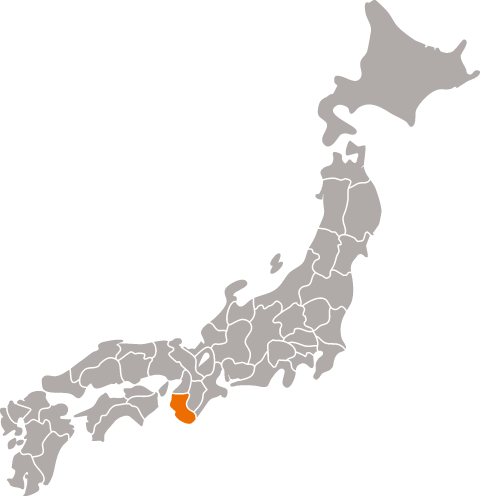Heiwa “Tsuruume” Kanjuku Nigori
Wakayama prefecture
A cloudy, peach-plum sensation
This is the cloudy version of Heiwa “Tsuruume” Kanjuku, a flavored sake from Wakayama, a prefecture renowned for its high-quality fruits. Made with real peach paste and “umeshu” (plum wine), this sweet, slightly tart sake is coarsely filtered, providing more mouthfeel. It’s a nectar-like beverage that’s a natural companion to desserts, and can even be used as an ice cream topping, sorbet ingredient or cocktail component. Have fun with it!
Characteristics
| Brand | Heiwa |
| Brewery | Heiwa Brewing Company |
| Category | Other |
| Subcategory | Umeshu (Plum Wine), Nigori |
| Taste Profile | Rich & Sweet |
| Rice variety | N/A |
| Yeast variety | N/A |
| Alcohol | 10.00% |
| RPR | N/A |
| SMV | N/A |
| Acidity | N/A |
Serving Temperature

-
 Recommended
Recommended
-
 Not Recommended
Not Recommended
Region

Heiwa is made in Wakayama prefecture in the Kinki region.
Taste Metrics

Tasting Notes
-
Plum

-
Peach

Recommended Pairing
-
Aperitif

-
Fruits


Heiwa Brewing Company
A sake-loving gentleman married into the Yamamoto family and established the brewery in 1928, on what was originally temple grounds. After the hiatus during World War II, the company was renamed Heiwa, meaning peace and harmony. When the current fourth-generation owner, Norimasa Yamamoto, came back from working in Tokyo in 2004, he switched the brewery’s focus from mass-produced sake to carefully made premium sake. The “KID” line is intended to express the local nature, including their pristine water. And yes, they want to nurture both their sake and young talents as one would nurture one’s own kid.
Learn moreCustomer reviews
Tippsy Sake Club
Our sommelier will recommend sake according to your taste when you join Tippsy Sake Club. Also enjoy:
- Members-only prices
- Discounted shipping
- An exclusive sake cup with your first club order
- and more!
All about sake
-
 Introduction
Introduction
Welcome To Your Sake Journey!
-
 Lesson 1
Lesson 1
What Is Sake?
-
 Lesson 2
Lesson 2
What Is Sake Made of and How Is It Made?
-
 Lesson 3
Lesson 3
What Is Rice Polishing Ratio?
-
 Lesson 4
Lesson 4
Types of Sake
-
 Lesson 5
Lesson 5
How To Store Sake
-
 Lesson 6
Lesson 6
How To Drink and Serve Sake
-
 Lesson 7
Lesson 7
Food Pairing Guide
-
 Lesson 8
Lesson 8
Best Sake Bottles and Brands for Beginners



